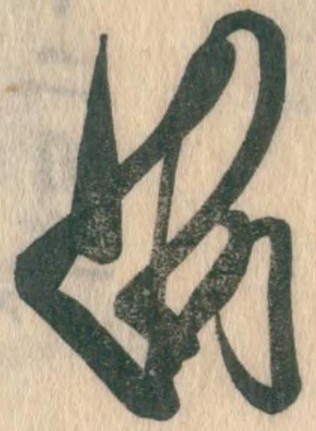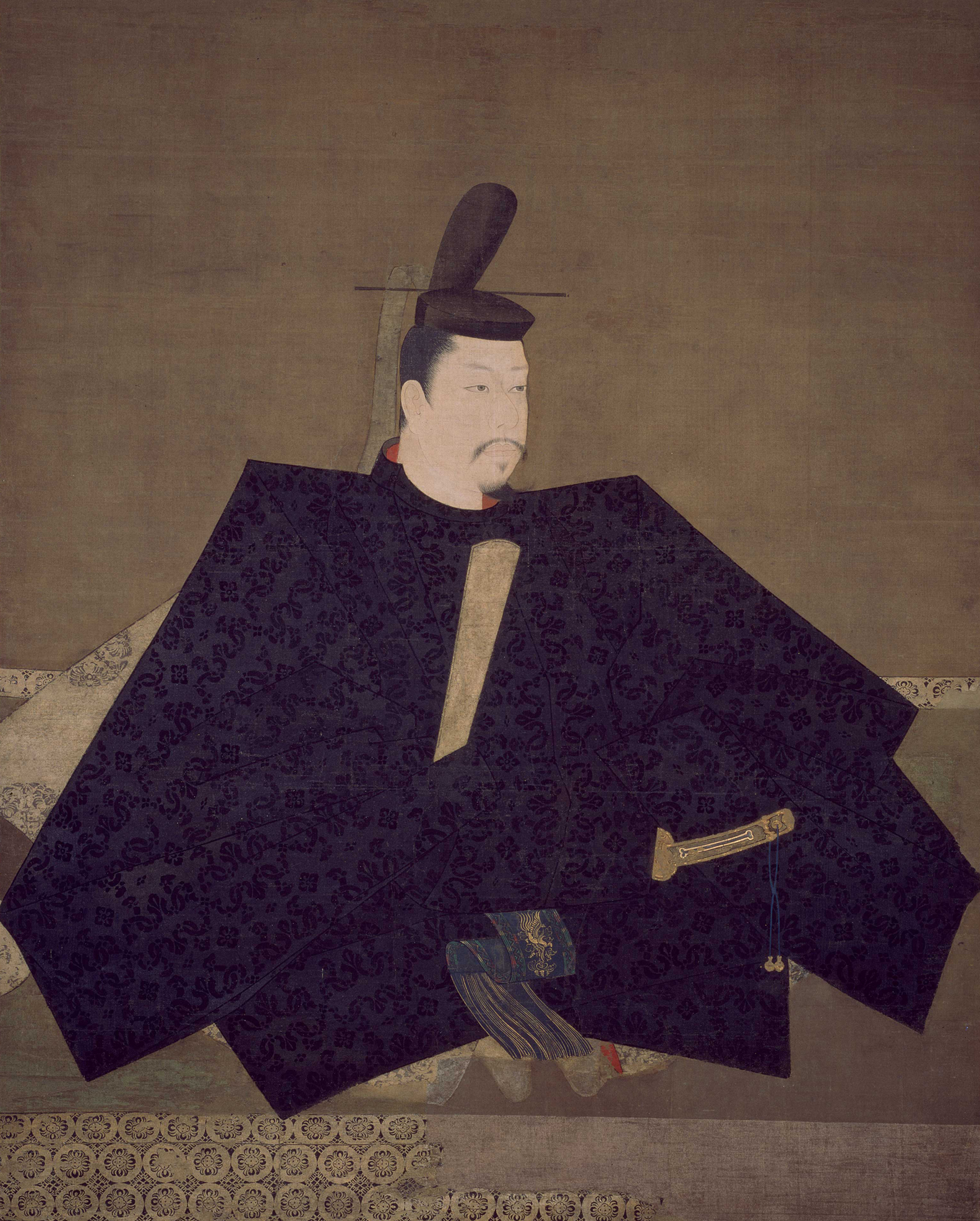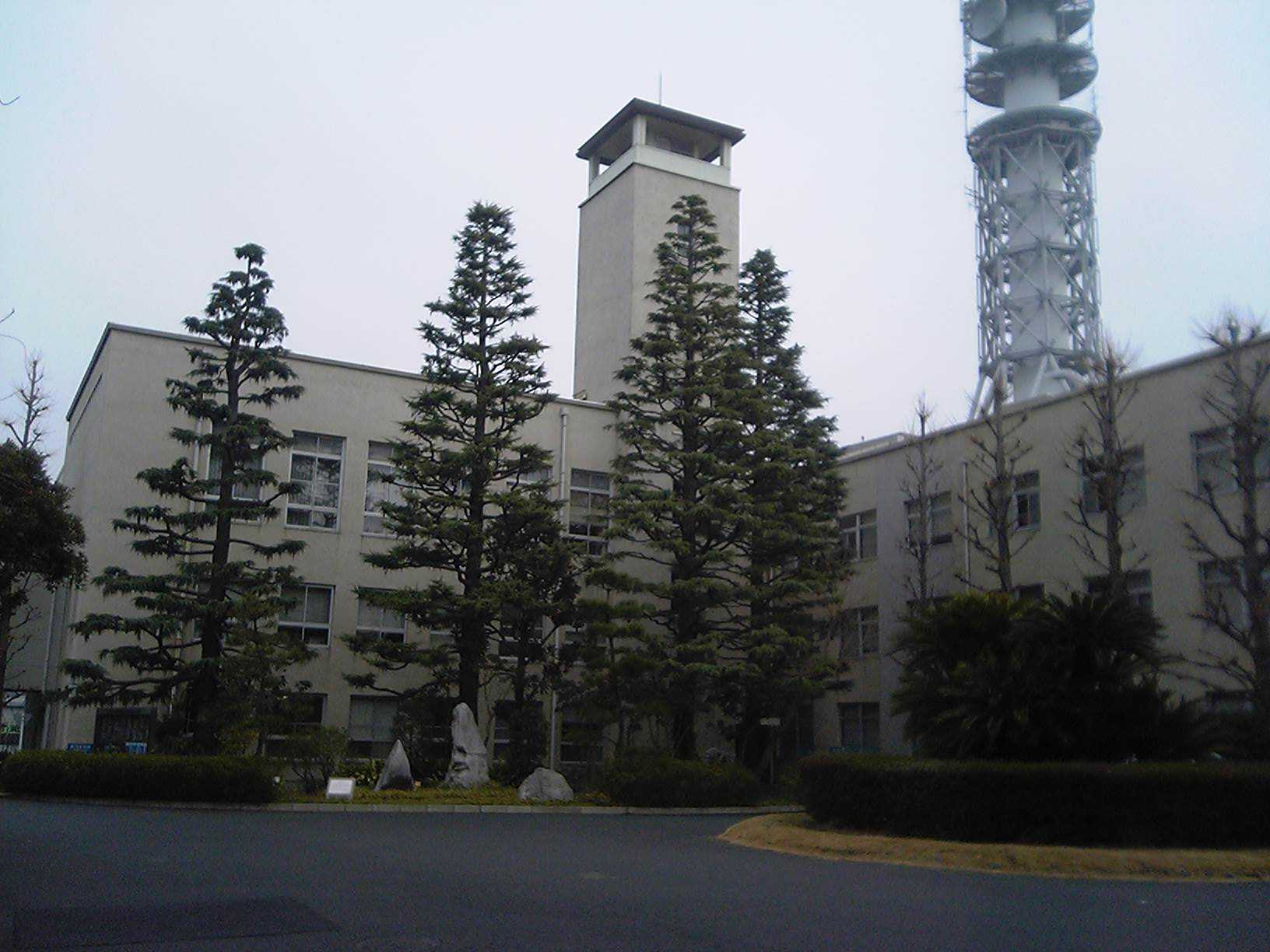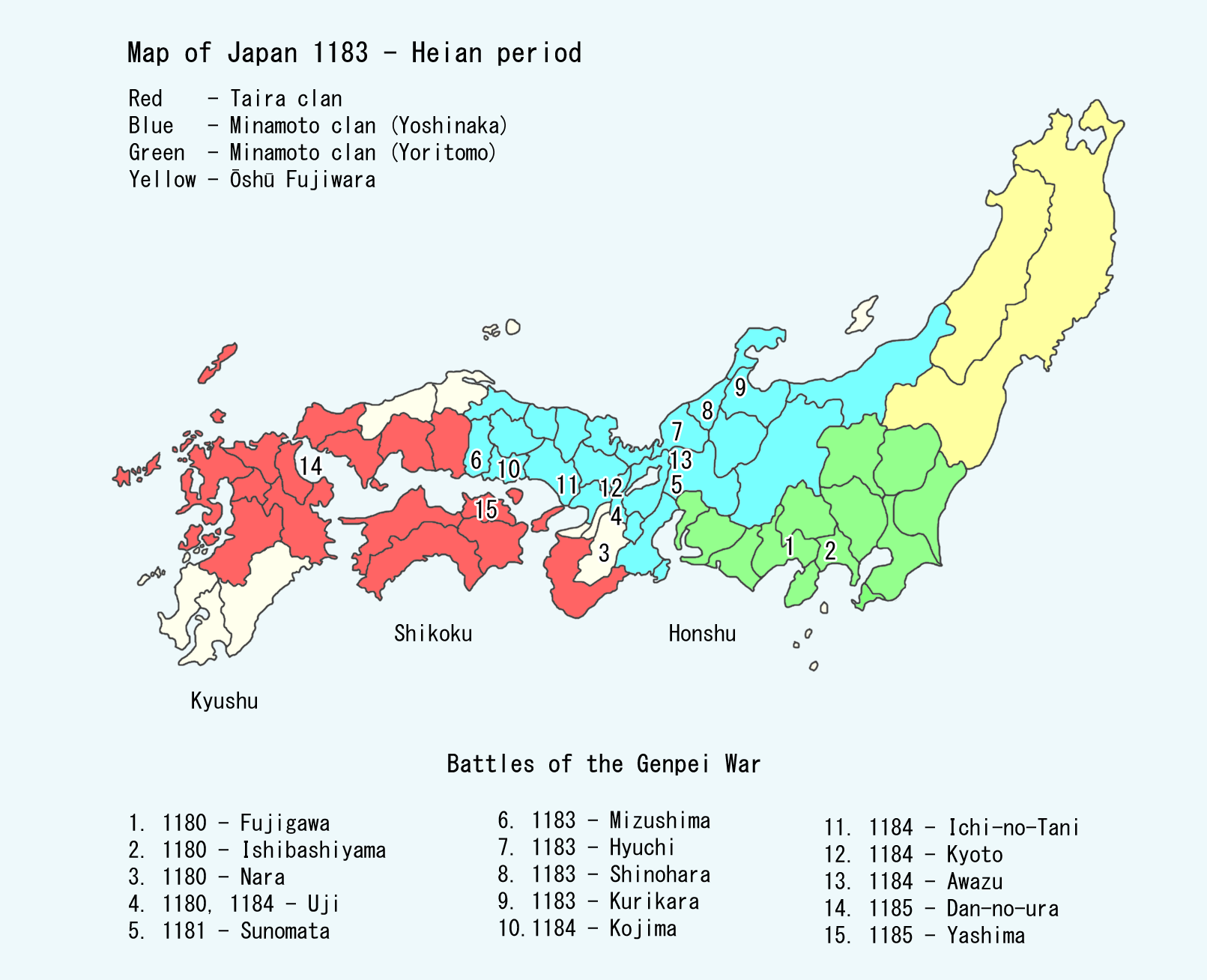|
Koshigoe
is a part of the municipality of Kamakura, Kanagawa prefecture, Japan, located at the western end of the beach of Shichirigahama, near Fujisawa.Kamakura Shōkō Kaigijo (2008:60-61) The name seems to stem from the fact it was founded by people who crossed ("goe") the base ("koshi") of the mountains to reach the fertile plains near the sea. This small town's name has gone down to history for its deep links with beloved hero Minamoto no Yoshitsune who, having defeated the Taira clan in 1185 after the Genpei War, arrived in Koshigoe with Taira no Munemori and his son Taira no Kiyomune as his prisoners in tow.Papinot (1910:312) He meant to bring them personally to Kamakura, but was forbidden to enter by his brother Yoritomo. His prisoners were, however, taken away and paraded on Wakamiya Ōji, Kamakura's main street.Kamiya Vol. 1 (2008:15-16) Yoshitsune waited fruitlessly for the permission to enter for about 20 days at Koshigoe's Manpuku-ji, near Shichirigahama, then dictated to his ... [...More Info...] [...Related Items...] OR: [Wikipedia] [Google] [Baidu] |
Shichirigahama
is a beach near Kamakura, Kanagawa Prefecture, Japan, which goes from Koyurugimisaki Cape, near Fujisawa, Kanagawa, Fujisawa, to Inamuragasaki Cape, west of Kamakura.Kamakura Shōkō Kaigijo (2008:34) Since from it one could enjoy a clear view of both Mount Fuji and Enoshima at the same time, during the Edo period it was popular as a subject for ''ukiyo-e''. For example, famous ''ukiyo-e'' artists Hiroshige and Hokusai both include it in their 36 Views of Mount Fuji. Its dark sands are rich in iron ore which allowed Kamakura to become a florid center for the production of swords and knives. Its name is usually translated into English as "Seven Ri Beach", the ''ri'' being a unit of measurement. Unlike its easterly neighbor Yuigahama, its floor drops too quickly, so it is not very popular as a sea resort, but surfers are present in every season. Since 1939 it is administratively part of the City of Kamakura. The area is served by the Enoshima Electric Railway, or Enoden, which conne ... [...More Info...] [...Related Items...] OR: [Wikipedia] [Google] [Baidu] |
Koshigoe
is a part of the municipality of Kamakura, Kanagawa prefecture, Japan, located at the western end of the beach of Shichirigahama, near Fujisawa.Kamakura Shōkō Kaigijo (2008:60-61) The name seems to stem from the fact it was founded by people who crossed ("goe") the base ("koshi") of the mountains to reach the fertile plains near the sea. This small town's name has gone down to history for its deep links with beloved hero Minamoto no Yoshitsune who, having defeated the Taira clan in 1185 after the Genpei War, arrived in Koshigoe with Taira no Munemori and his son Taira no Kiyomune as his prisoners in tow.Papinot (1910:312) He meant to bring them personally to Kamakura, but was forbidden to enter by his brother Yoritomo. His prisoners were, however, taken away and paraded on Wakamiya Ōji, Kamakura's main street.Kamiya Vol. 1 (2008:15-16) Yoshitsune waited fruitlessly for the permission to enter for about 20 days at Koshigoe's Manpuku-ji, near Shichirigahama, then dictated to his ... [...More Info...] [...Related Items...] OR: [Wikipedia] [Google] [Baidu] |
Minamoto No Yoshitsune
was a commander of the Minamoto clan of Japan in the late Heian period, Heian and early Kamakura period, Kamakura periods. During the Genpei War, he led a series of battles that toppled the Ise-Heishi branch of the Taira clan, helping his half-brother Minamoto no Yoritomo, Yoritomo consolidate power. He is considered one of the greatest and the most popular warriors of his era, and one of the most famous samurai in the history of Japan. Yoshitsune perished after being betrayed by the son of a trusted ally and was labelled as a tragic hero. Early life Yoshitsune was the ninth son of Minamoto no Yoshitomo, and the third and final son and child that Yoshitomo would father with Tokiwa Gozen. Yoshitsune's older half-brother Minamoto no Yoritomo (the third son of Yoshitomo) would go on to establish the Kamakura shogunate. Yoshitsune's name in childhood was or ''young bull'' (). He was born just before the Heiji Rebellion in 1160 in which his father and two oldest brothers were kil ... [...More Info...] [...Related Items...] OR: [Wikipedia] [Google] [Baidu] |
Kamakura, Kanagawa
, officially , is a Cities of Japan, city of Kanagawa Prefecture in Japan. It is located in the Kanto region on the island of Honshu. The city has an estimated population of 172,929 (1 September 2020) and a population density of 4,359 people per km2 over the total area of . Kamakura was designated as a city on 3 November 1939. Kamakura was Japan's ''de facto'' capital when it was the seat of the Kamakura shogunate from 1185 to 1333, established by Minamoto no Yoritomo. It was the first military government in Japan's history. After the downfall of the shogunate, Kamakura saw a temporary decline. However, during the Edo period, it regained popularity as a tourist destination among the townspeople of Edo (Tokyo), Edo. Despite suffering significant losses of historical and cultural assets due to the 1923 Great Kantō earthquake, Great Kantō Earthquake in 1923, Kamakura continues to be one of the major tourist attractions in the Kanto region, known for its historical landmarks such as ... [...More Info...] [...Related Items...] OR: [Wikipedia] [Google] [Baidu] |
Minamoto No Yoritomo
was the founder and the first shogun of the Kamakura shogunate, ruling from 1192 until 1199, also the first ruling shogun in the history of Japan.Nussbaum, Louis-Frédéric. (2005). "Minamoto no Yoriie" in . He was the husband of Hōjō Masako who acted as regent (''shikken'') after his death. Yoritomo was the son of Minamoto no Yoshitomo and belonged to Seiwa Genji's prestigious Kawachi Genji family. After successfully maneuvering himself to the position of rightful heir of the Minamoto clan, he led his clan against the Taira clan, Taira from his capital in Kamakura, beginning the Genpei War in 1180. After five years of civil war, the Minamoto clan finally defeated the Taira in the Battle of Dan-no-ura in 1185. Yoritomo established the supremacy of the samurai caste and the first shogunate (''bakufu'') which was to be centered around Kamakura, thus beginning the History of Japan#Feudal Japan, feudal age in Japan, which lasted until the 17th century. Early life Yoritomo was t ... [...More Info...] [...Related Items...] OR: [Wikipedia] [Google] [Baidu] |
Kanagawa Prefecture
is a Prefectures of Japan, prefecture of Japan located in the Kantō region of Honshu. Kanagawa Prefecture is the List of Japanese prefectures by population, second-most populous prefecture of Japan at 9,221,129 (1 April 2022) and third-densest at . Its geographic area of makes it fifth-smallest. Kanagawa Prefecture borders Tokyo to the north, Yamanashi Prefecture to the northwest and Shizuoka Prefecture to the west. Yokohama is the capital and largest city of Kanagawa Prefecture and the List of cities in Japan, second-largest city in Japan, with other major cities including Kawasaki, Kanagawa, Kawasaki, Sagamihara, and Fujisawa, Kanagawa, Fujisawa. Kanagawa Prefecture is located on Japan's eastern Pacific coast on Tokyo Bay and Sagami Bay, separated by the Miura Peninsula, across from Chiba Prefecture on the Bōsō Peninsula. Kanagawa Prefecture is part of the Greater Tokyo Area, the most populous metropolitan area in the world, with Yokohama and many of its cities being ma ... [...More Info...] [...Related Items...] OR: [Wikipedia] [Google] [Baidu] |
Fujisawa, Kanagawa
is a Cities of Japan, city in Kanagawa Prefecture, Japan. , the city had an estimated population of 439,728 and a population density of 6300 persons per km2. The total area of the city is . Geography Fujisawa is in the south-central part of Kanagawa Prefecture. It faces Sagami Bay of the Pacific Ocean. The northern part of the city is on the Sagamino plateau while the southern part is abutted on the Shonan Beach. Fujisawa has three major topographical features: the island of Enoshima to the south connected to the Katase shoreline area by a road bridge, and two rivers, the Hikiji River, Hikiji and the Sakai River (Tokyo, Kanagawa), Sakai, which run north-south. The Hikiji River, Hikiji can be traced from an area designated as a nature reserve park in the city of Yamato and flows directly along the boundary of the joint US Navy and Japan Maritime Self-Defense Force Naval Air Facility Atsugi, Atsugi Naval Air Base and the United States Army Camp Zama. The Sakai runs directly from ... [...More Info...] [...Related Items...] OR: [Wikipedia] [Google] [Baidu] |
Taira Clan
The was one of the four most important Japanese clans, clans that dominated Japanese politics during the Heian period, Heian period of History of Japan, Japanese history – the others being the Minamoto clan, Minamoto, the Fujiwara clan, Fujiwara, and the Tachibana clan (kuge), Tachibana. The clan is divided into four major groups, named after the Emperor of Japan, emperors they descended from: Emperor Kanmu, Kanmu Heishi, Emperor Ninmyō, Ninmyō Heishi, Emperor Montoku, Montoku Heishi, and Emperor Kōkō, Kōkō Heishi, the most influential of which was the Kanmu Heishi line. In the twilight of the Heian period, the Taira controlled the boy emperor Emperor Antoku, Antoku (himself the grandson of the powerful ''Kugyō'' Taira no Kiyomori) and had effectively dominated the Imperial capital of Heian-kyō, Heian. However, they were opposed by their rivals the Minamoto clan (the Genji), which culminated in the Genpei War (1180–1185 AD). The five-year-long war concluded with a d ... [...More Info...] [...Related Items...] OR: [Wikipedia] [Google] [Baidu] |
Genpei War
The was a national civil war between the Taira clan, Taira and Minamoto clan, Minamoto clans during the late Heian period of Japan. It resulted in the downfall of the Taira and the establishment of the Kamakura shogunate under Minamoto no Yoritomo, who appointed himself as ''Shōgun'' in 1192, governing Japan as a military dictator from the eastern city of Kamakura. It followed a ''coup d'état'' by the Taira in 1179 with the removal of rivals from all government posts, and subsequently banishing them, and a call to arms against the Taira, led by the Minamoto in 1180. The ensuing Battle of Uji (1180), Battle of Uji took place just outside Kyoto, starting a five-year-long war, concluding with a decisive Minamoto victory in the naval Battle of Dan-no-ura. However, it has been pointed out that the Battle of Ōshū in 1189 was the last battle during this period of civil war, as it completed Yoritomo's nationwide domination through the annexation of Tōhoku region, Northeast Japan. ... [...More Info...] [...Related Items...] OR: [Wikipedia] [Google] [Baidu] |
Taira No Munemori
was heir to Taira no Kiyomori, and one of the Taira clan's chief commanders in the Genpei War. As his father Taira no Kiyomori laid on his deathbed, Kiyomori declared, among his last wishes, that all affairs of the clan be placed in Munemori's hands. His eldest son, Shigemori, had already died two years earlier, so Munemori became next in line. In 1183, the rival Minamoto clan gained power, with Minamoto no Yoshinaka and Minamoto no Yukiie besieging the capital city. Following the defection of Emperor Go-Shirakawa to the Minamoto side, Munemori led his forces in capturing the capital city to the west, along with the young Emperor Antoku. In September that same year, the Taira established a temporary Court in Kyūshū is the third-largest island of Japan's four main islands and the most southerly of the four largest islands (i.e. excluding Okinawa and the other Ryukyu (''Nansei'') Islands). In the past, it has been known as , and . The historical regio ..., ... [...More Info...] [...Related Items...] OR: [Wikipedia] [Google] [Baidu] |
Wakamiya Ōji
is a 1.8 km street in Kamakura, Kanagawa, Kamakura, a city in Kanagawa Prefecture in Japan, unusual because it is at the same time the city's main avenue and the approach () of its largest Shinto shrine, Tsurugaoka Hachiman-gū. Over the centuries Wakamiya Ōji has gone thorough an extreme change. A heavily trafficked road today, it used to be, to the contrary, off limits to most people as a sacred space. At the time of the Kamakura shogunate it was an essential part of the city's religious life, and as such it hosted many ceremonies and was rich with symbolism. Since its construction Wakamiya Ōji has been the backbone of the city's street planning and the center of its cultural life.Kamiya Vol. 1 (2008:15–16) The street has been declared a Historic Sites of Japan, Historic Site and was chosen as one of the best 100 streets in Japan. History Like most of Kamakura's famous things, Wakamiya Ōji was built at the time of the Kamakura shogunate. Its builder, first Kamakura ' ... [...More Info...] [...Related Items...] OR: [Wikipedia] [Google] [Baidu] |
Benkei
, popularly known by the mononym Benkei (), was a Japanese warrior monk (''sōhei'') who lived in the latter years of the Heian Period (794–1185). Benkei led a varied life, first becoming a monk, then a mountain ascetic, and then a rogue warrior. He later came to respect and serve the famous warrior Minamoto no Yoshitsune, also known as Ushiwakamaru. He is commonly depicted as a man of great strength and loyalty, and a popular subject of Japanese folklore showcased in many ancient and modern literature and productions. The earliest records of Benkei are in the '' Azuma Kagami'', ''The Tale of the Heike'', and the '' Genpei Jōsuiki''—all sources from around a century or more after Benkei's life. These sources generally only indicate Benkei was one of Yoshitsune's retainers and was a thin monk, although they do indicate Yoshitsune was aided and protected by a band of rogueish ''sōhei'' (warrior-monks) near Mount Hiei after he fled the capital—perhaps the historic ... [...More Info...] [...Related Items...] OR: [Wikipedia] [Google] [Baidu] |










